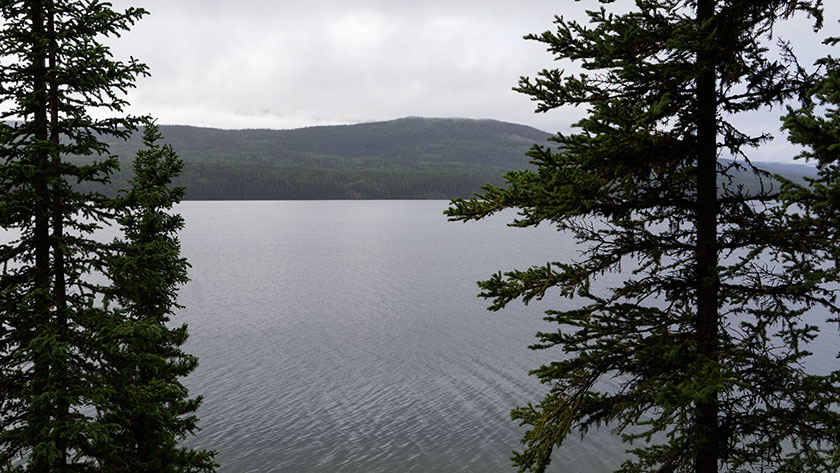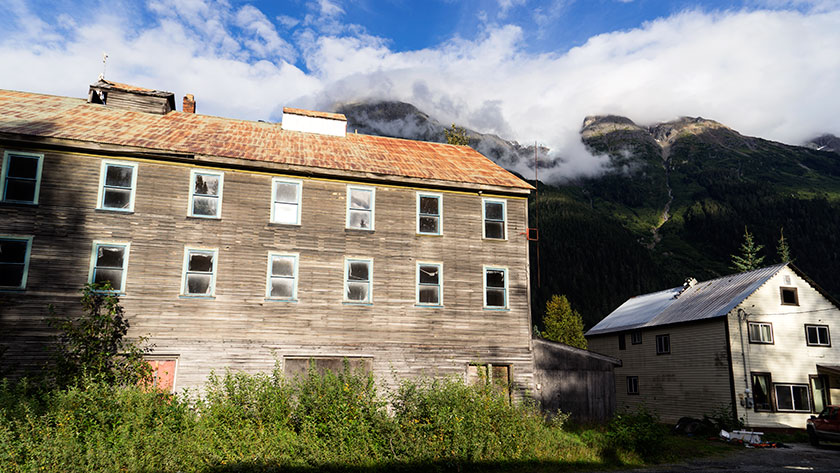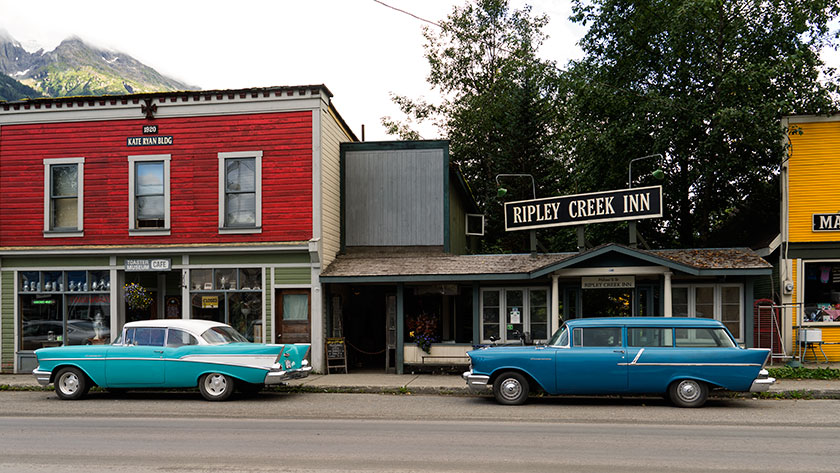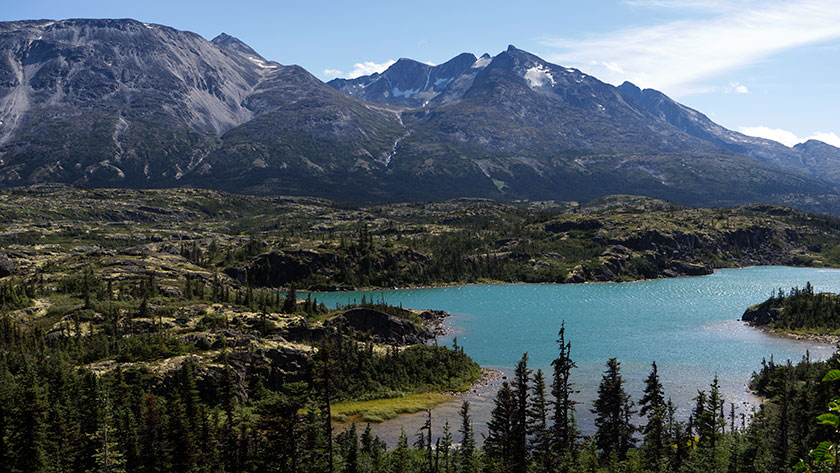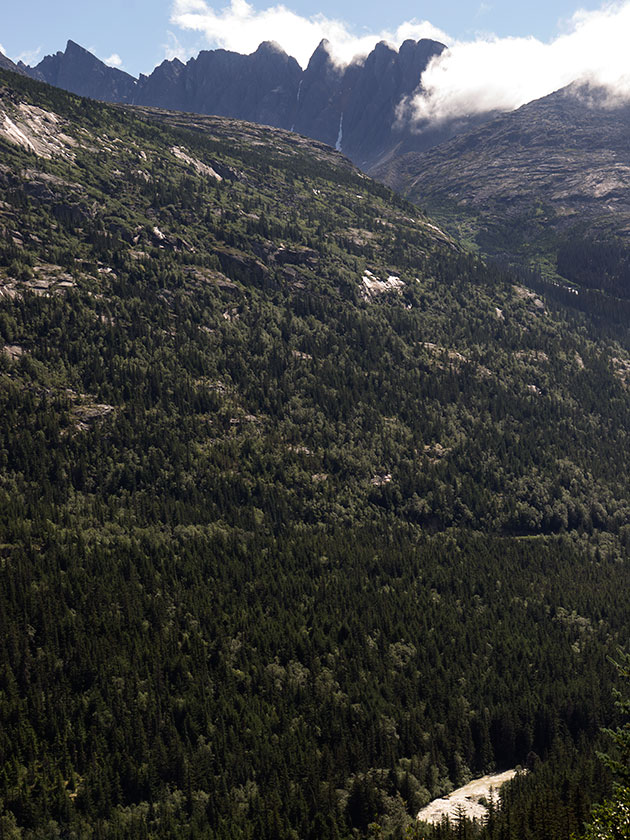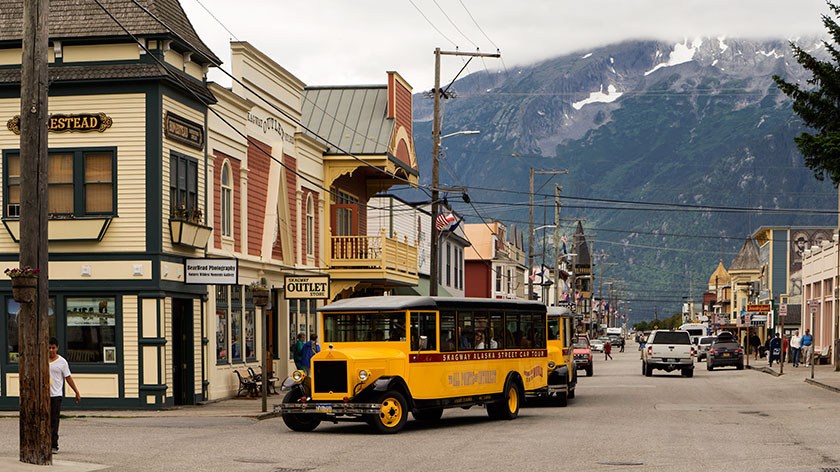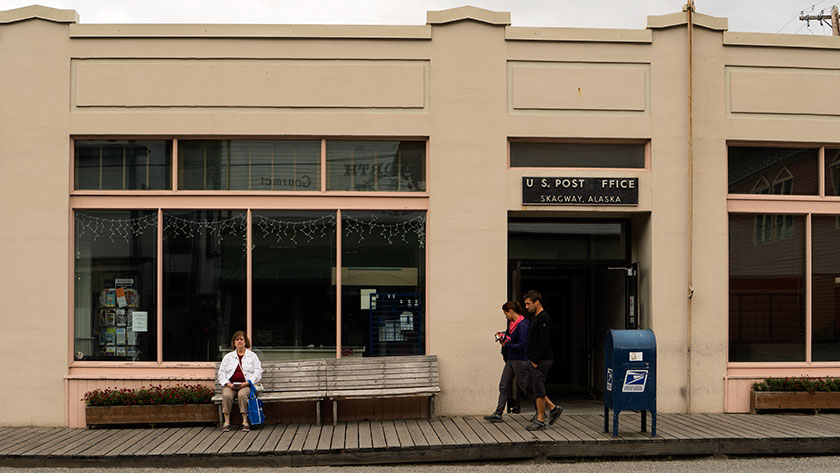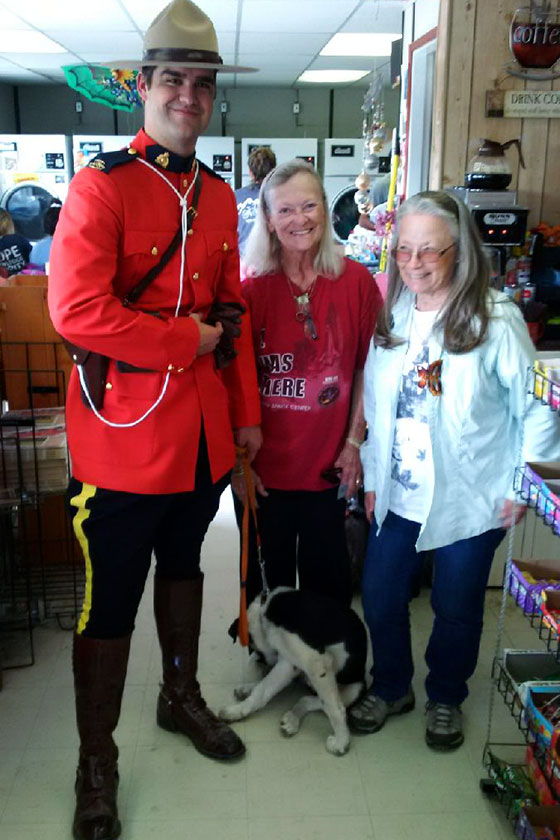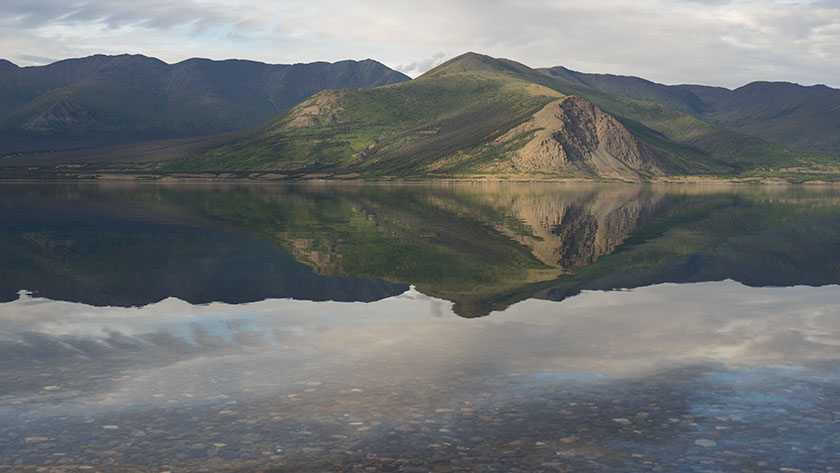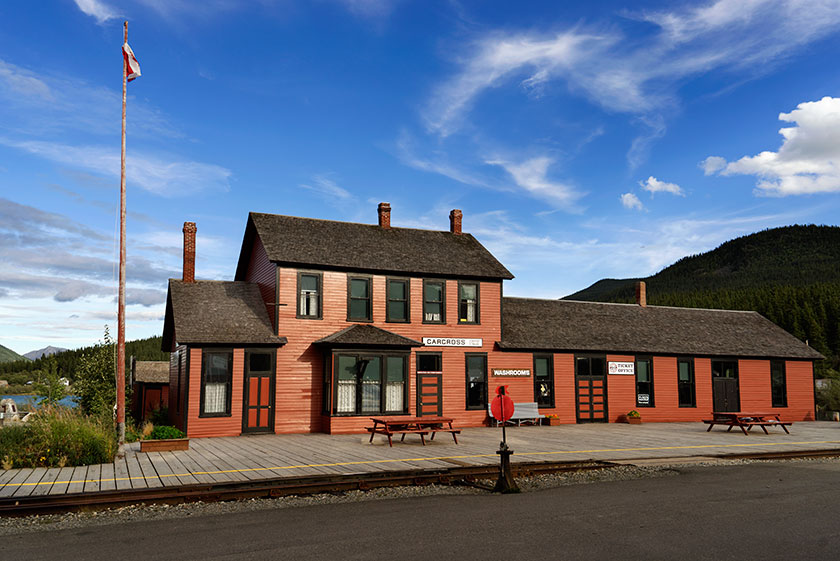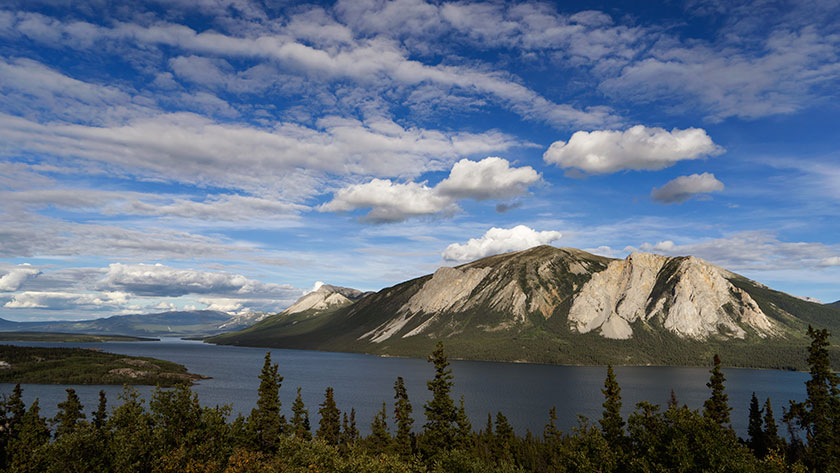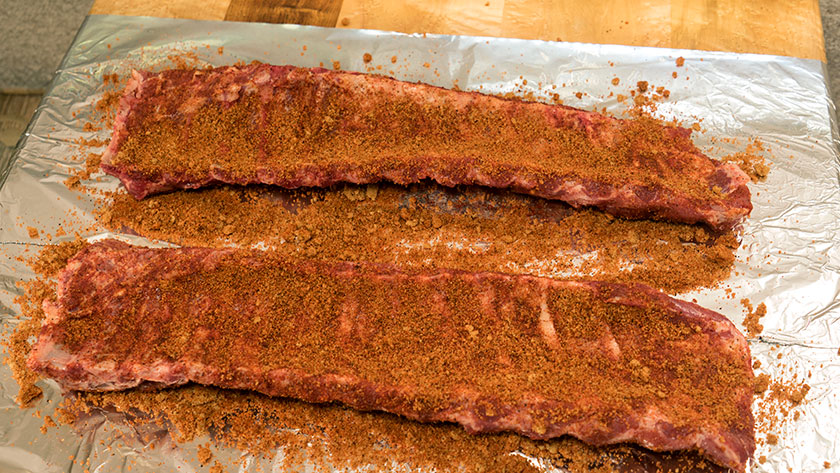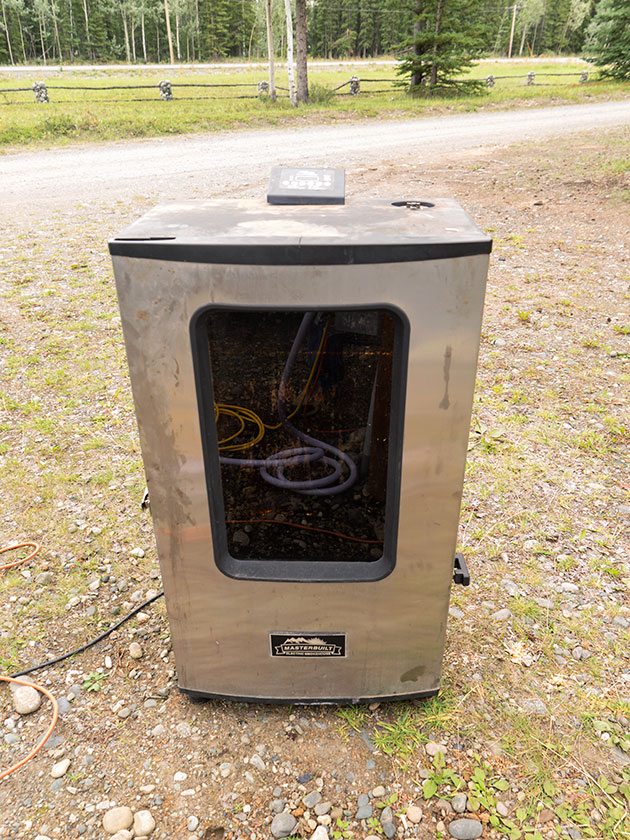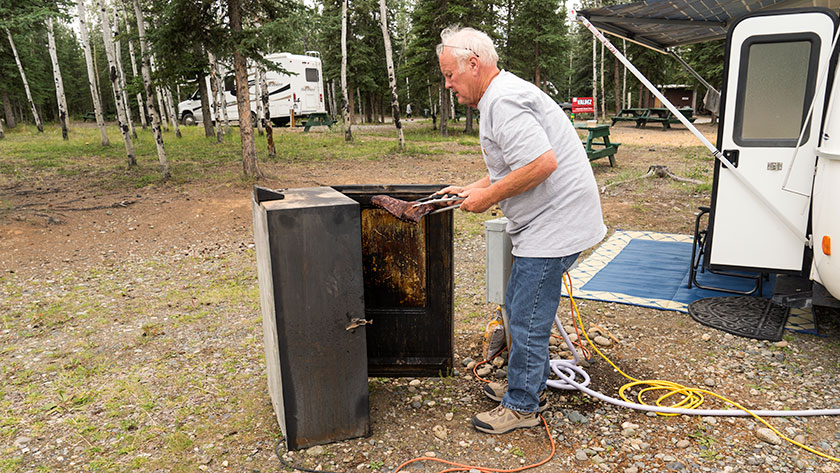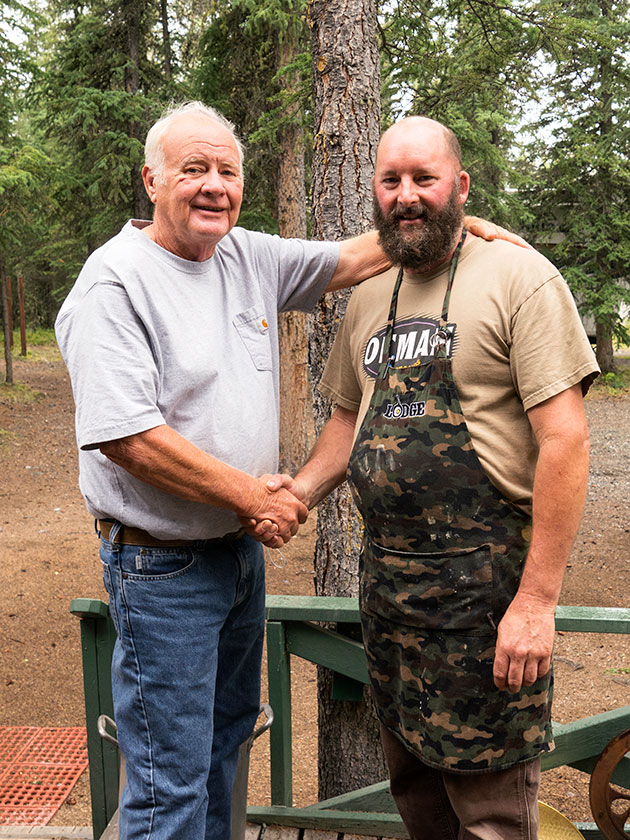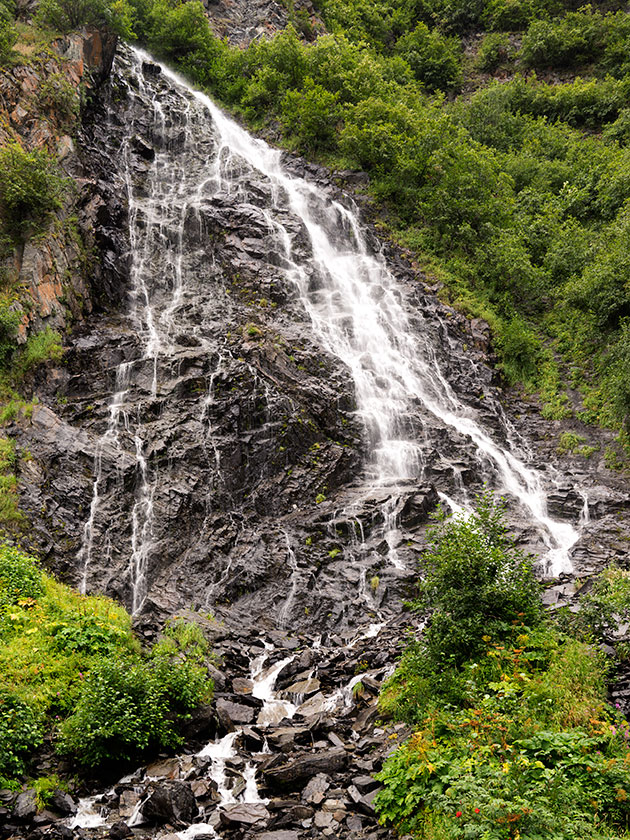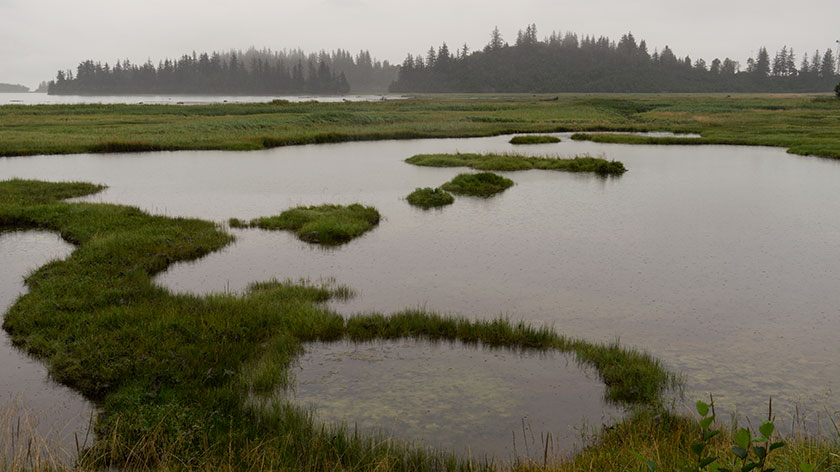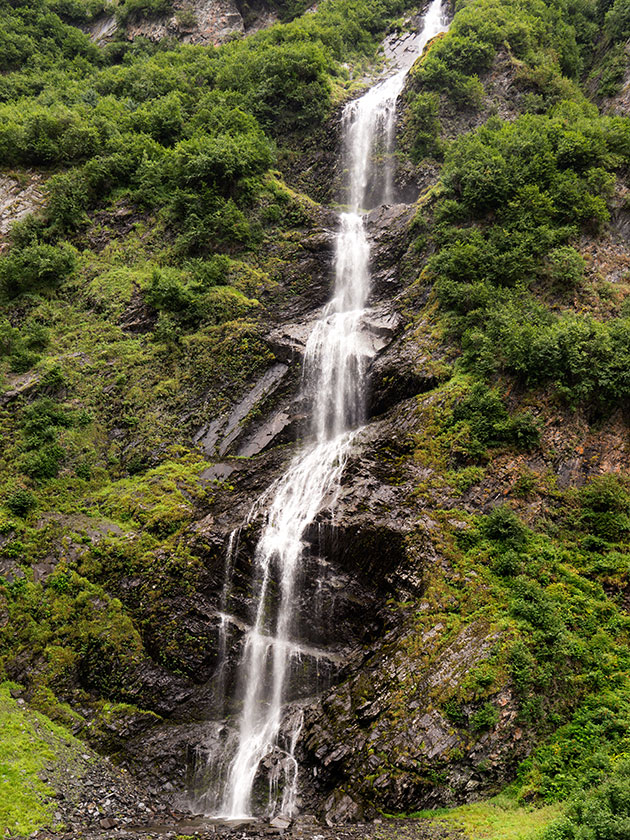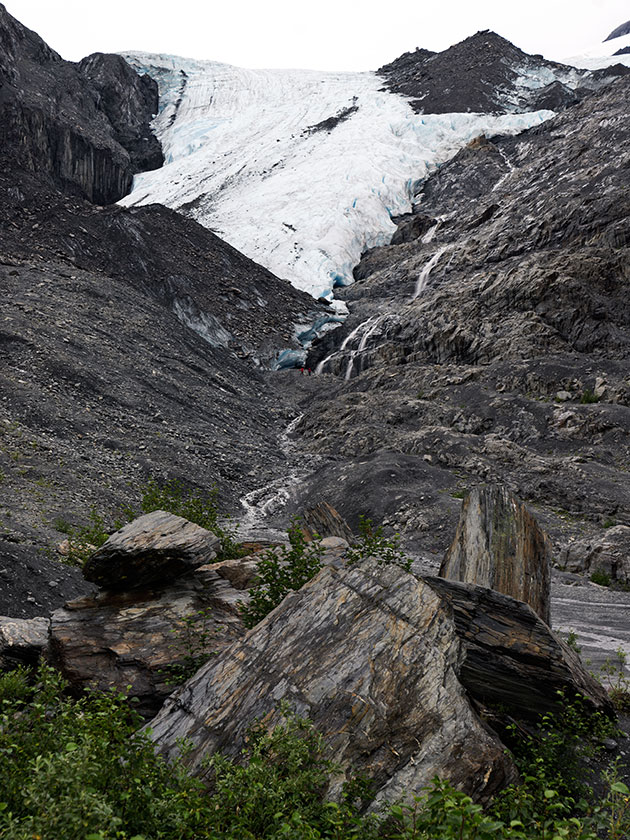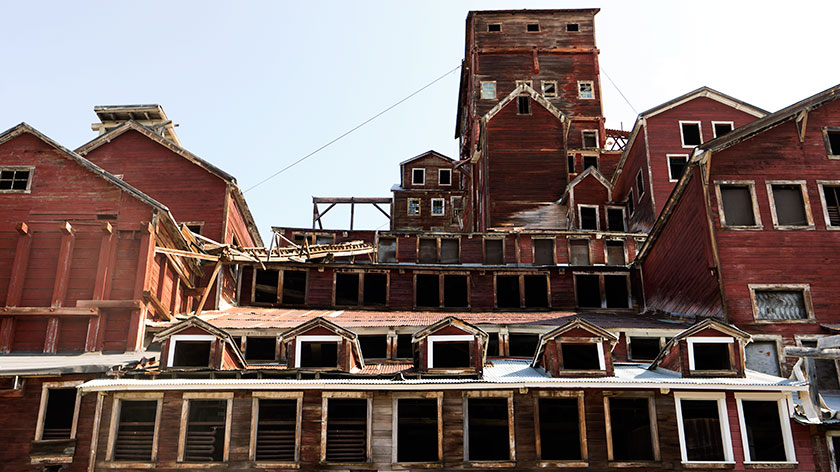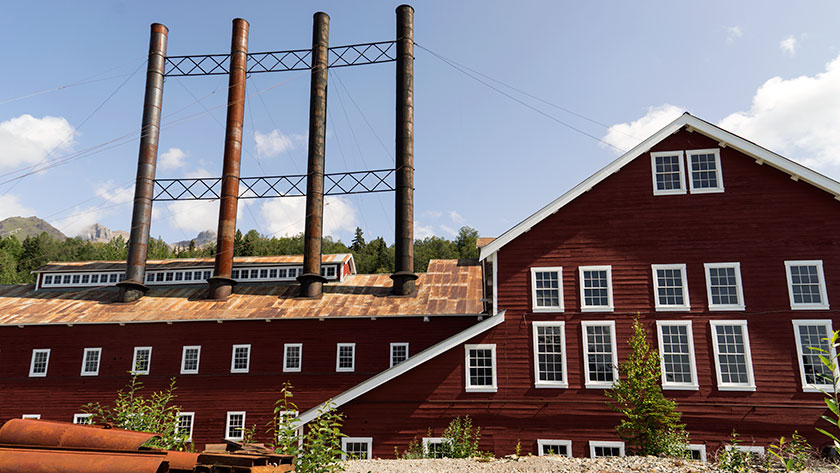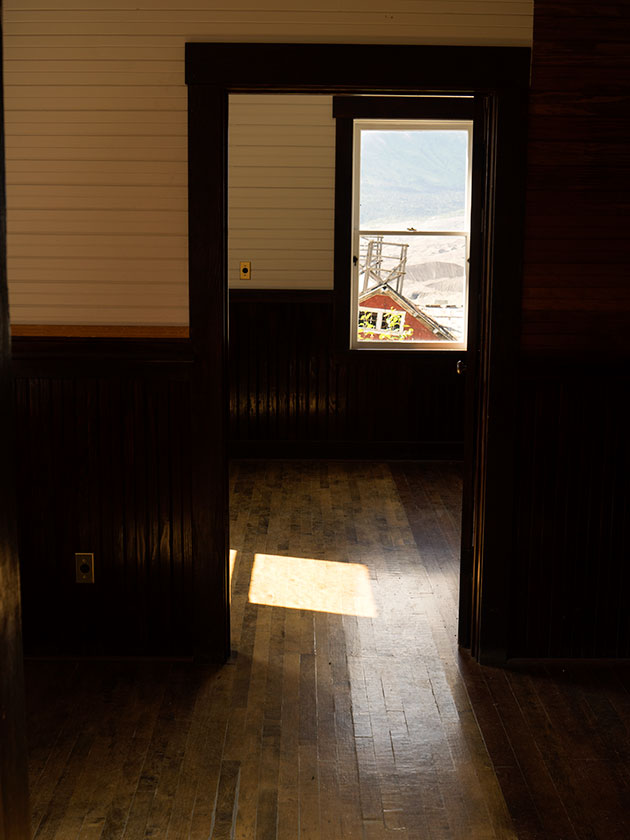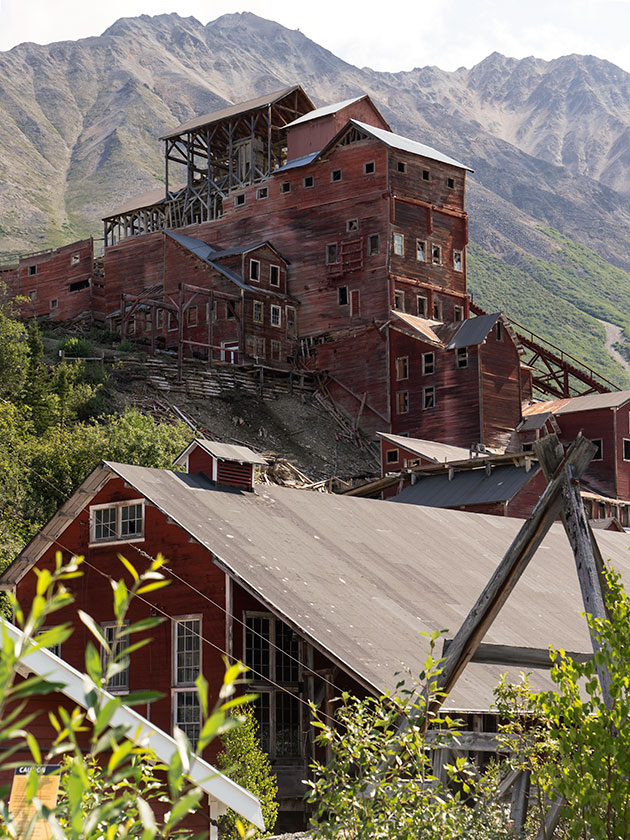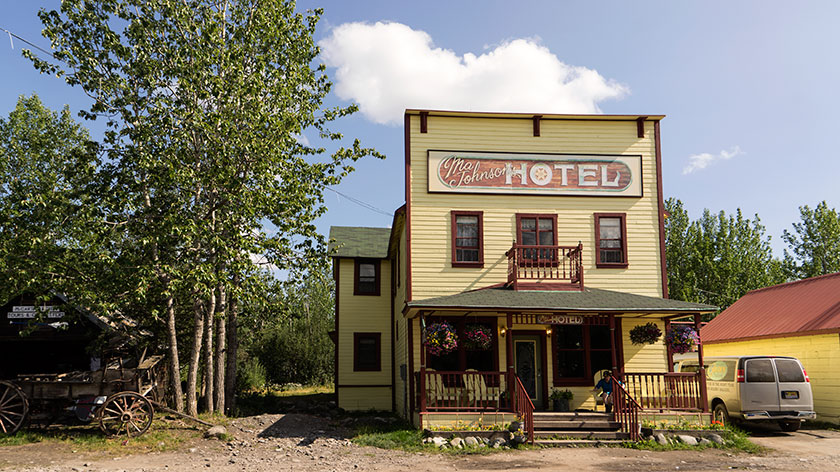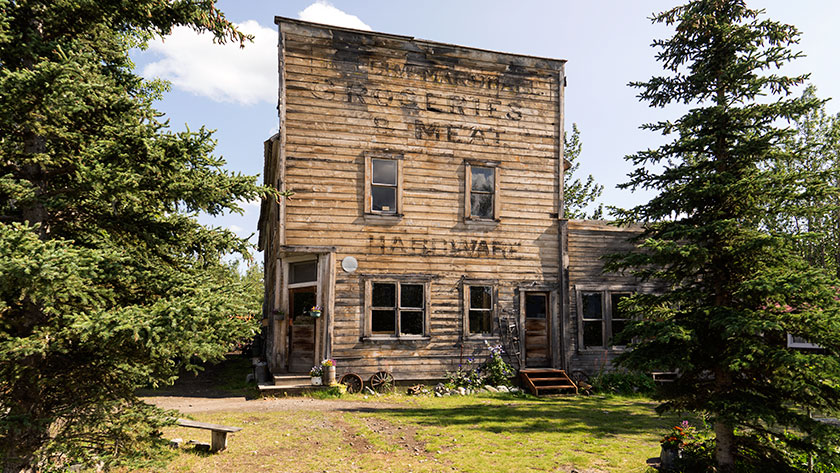And you thought we left Alaska. Well, we did. Except, we made a side trip to Stewart, which is in British Columbia and Hyder, an Alaska town. They could conceivably be the same town, but there’s an international border in the middle of main street. There is only one way in to Hyder and it’s also the only way out. The US Customs doesn’t even man the border here, only the Canadians do. They really asked us if we bought anything in Hyder, which is funny, because it’s essentially a ghost town with one closed general store.
The tourist attraction of Hyder is the bear observation platform built and maintained by the Forest Service. You’re probably thinking what I had. It’s that place where they filmed the brown bears catching salmon in mid-air. It’s not.
Here, the service has a deck along Fish Creek, where you can watch the salmon make their journey upstream, spawn and die. All of this is very interesting . . . to a fisherman or biologist. Today we saw pink and chum salmon nesting while steel-head kept pestering their courtship.
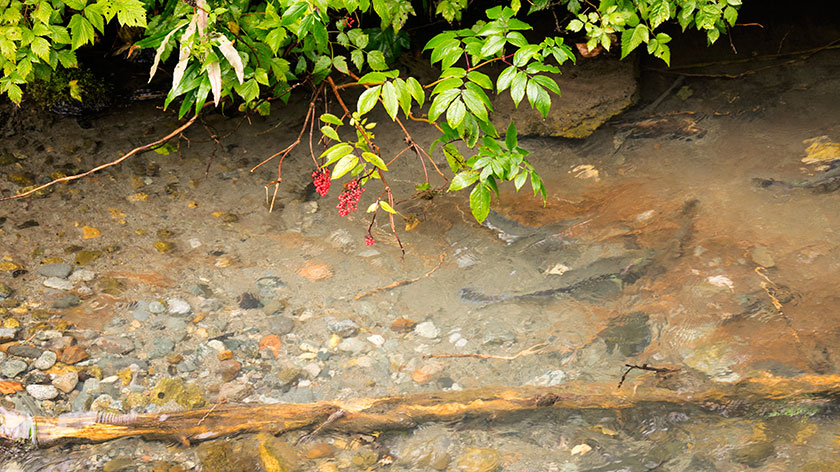
Occasionally, a bear will wander on the set, and grab a meal. That’s what gets the tourists excited . . . including us. I admit, I paid five bucks to watch a bear grab a salmon out of the creek. It would have been worth it . . . had one showed up, but we didn’t get the schedule.
Each day, at the ticket window, there is a list of the most recent bear sightings. They start at around 6am and the last one shows up around 10am. Six is when the ticket window opens, so nothing happens before then. Our camp host told us that late in the afternoon was good too, but for the last week, sightings we of bears in the morning. So, when you get here, come early.
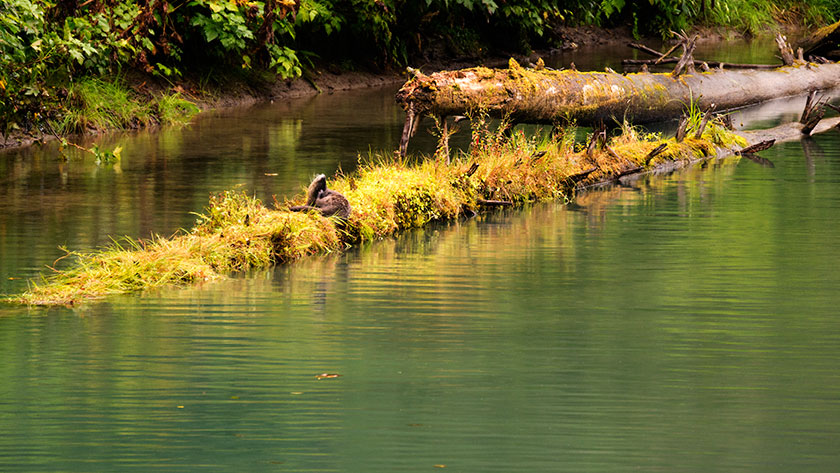
Disappointed about not seeing bears, we took solace in watching two otters playing in the water. They were tricky to shoot, because every time I got the camera ready, they submerged. I’m glad I’m not shooting film, because I would have wasted two rolls shooting water ripples.
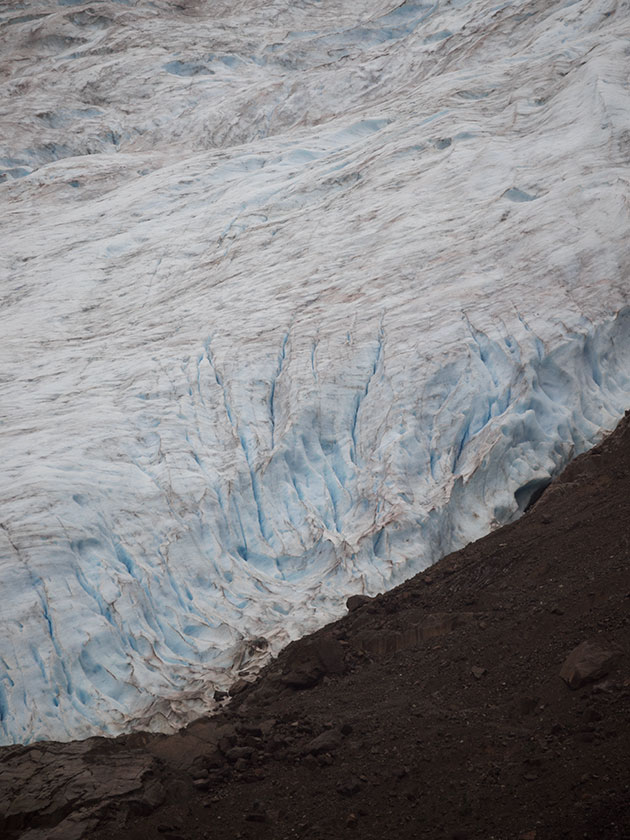
The scenery is nice in Misty Fjord, home for this community. A couple of nice glaciers and several waterfalls decorate the mountainsides. The broad leaf trees are at the first stage of turning color and the fireweed seed pods have begun to open, releasing white feathery seeds to the wind. In another week or two, this place will be ablaze in color.
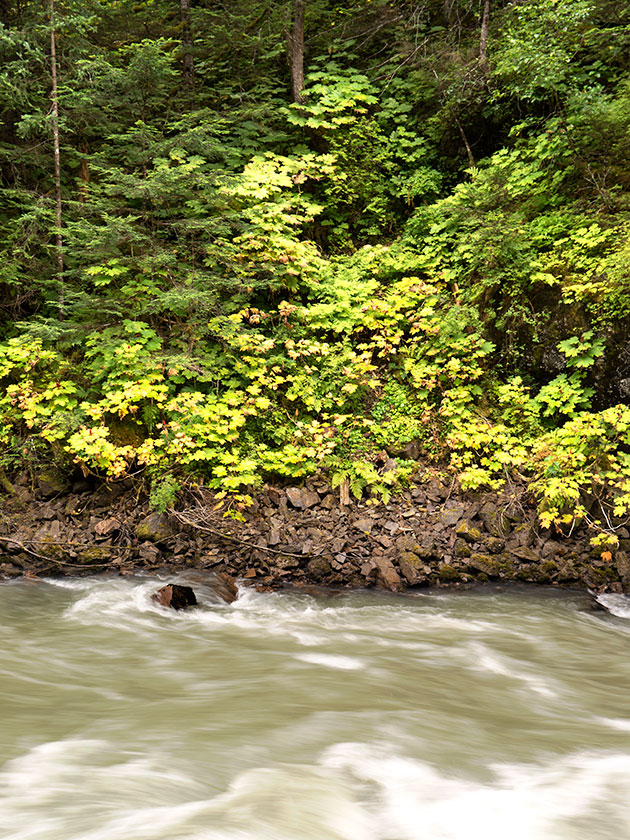
Tomorrow morning we head further south towards Prince George and civilization. It has a Wall-Mart and (be still my heart) a Costco. It’s funny how your priorities change when you’ve been on the road for a couple of months.
jw

